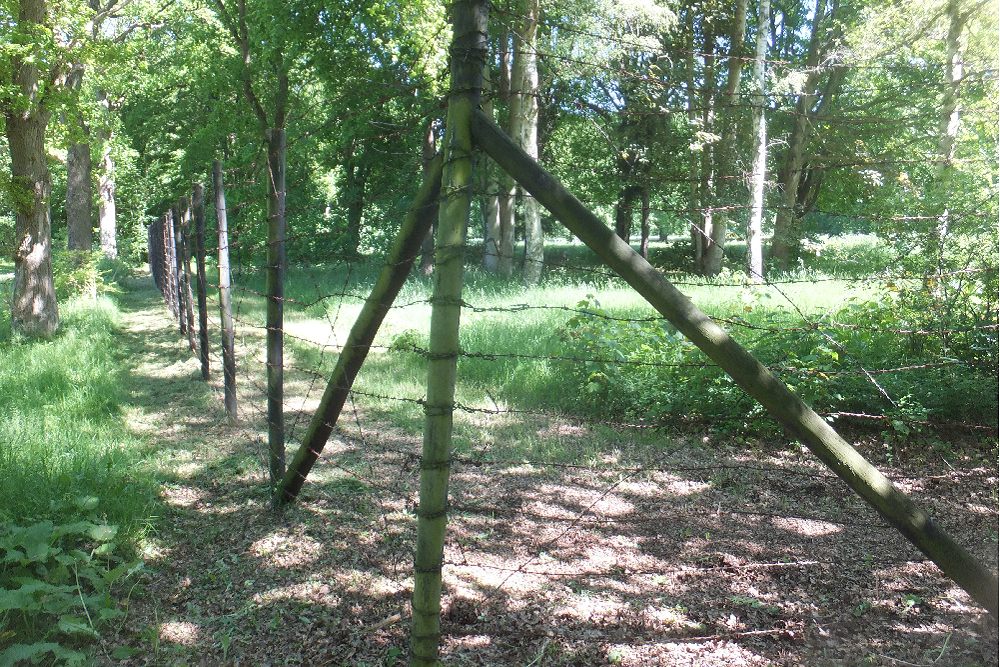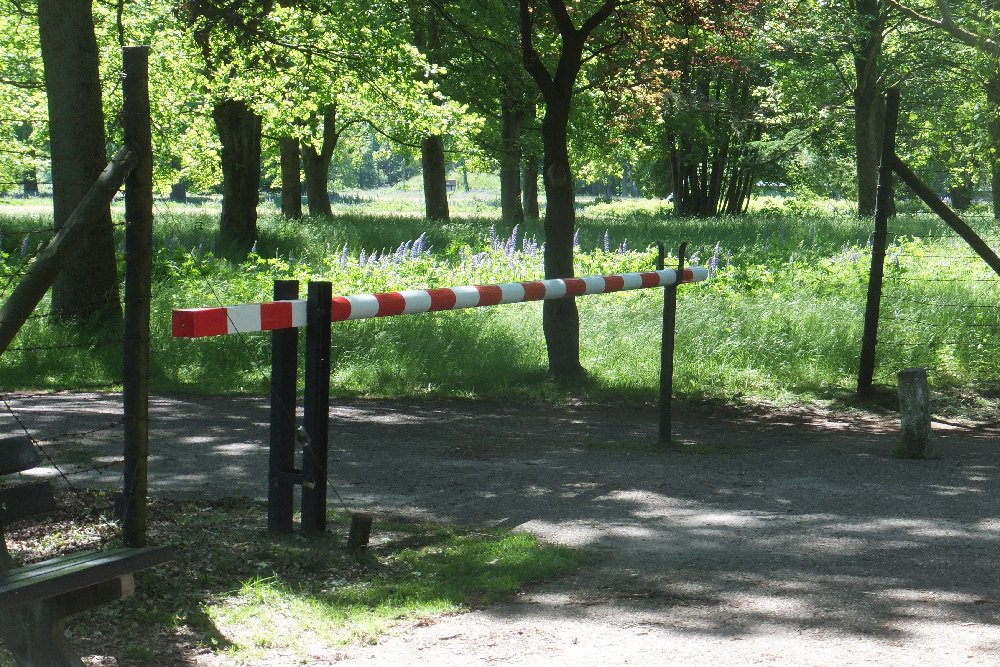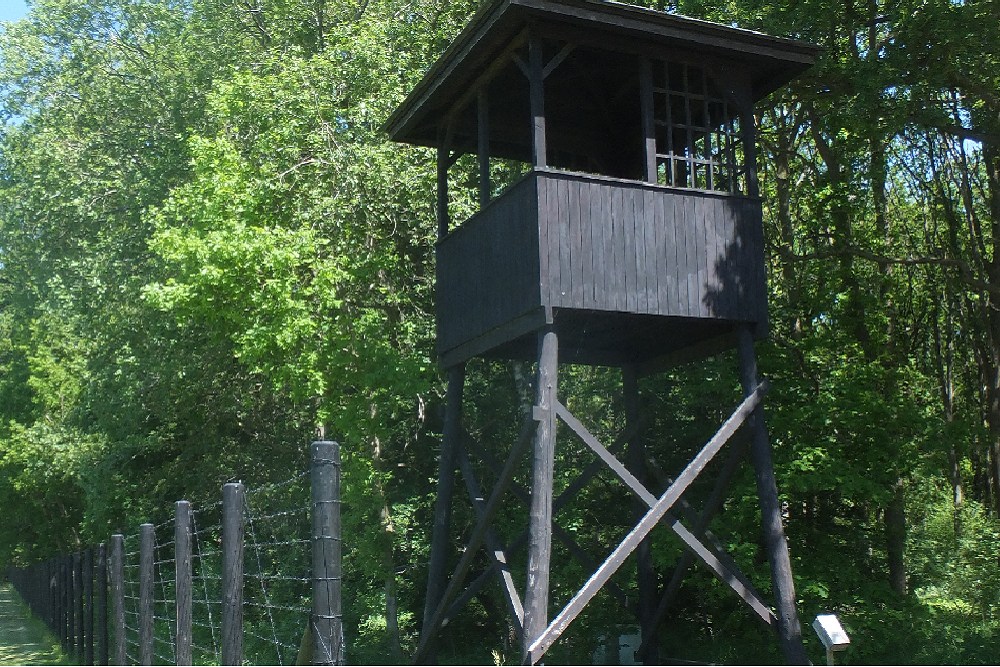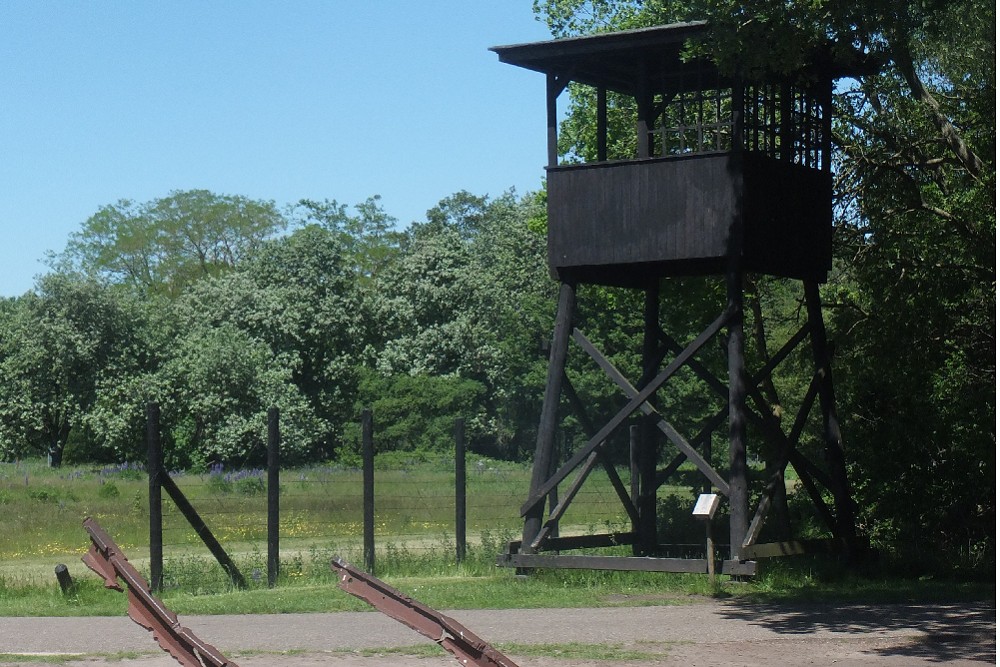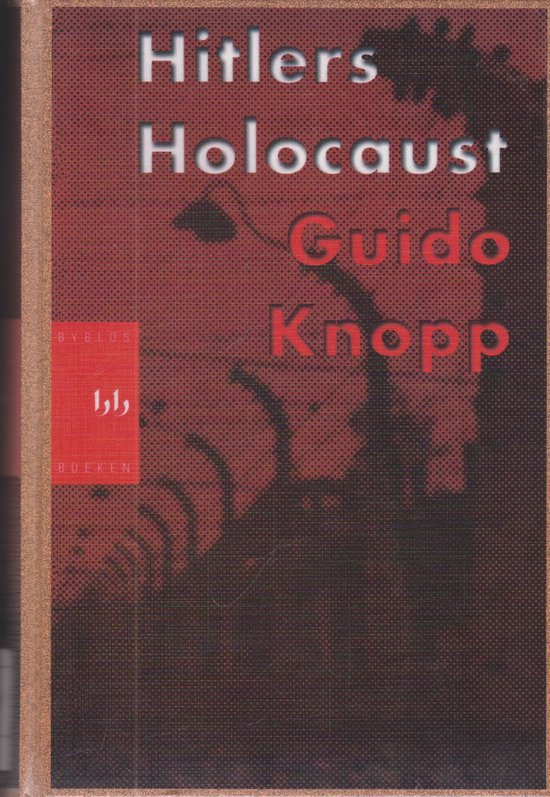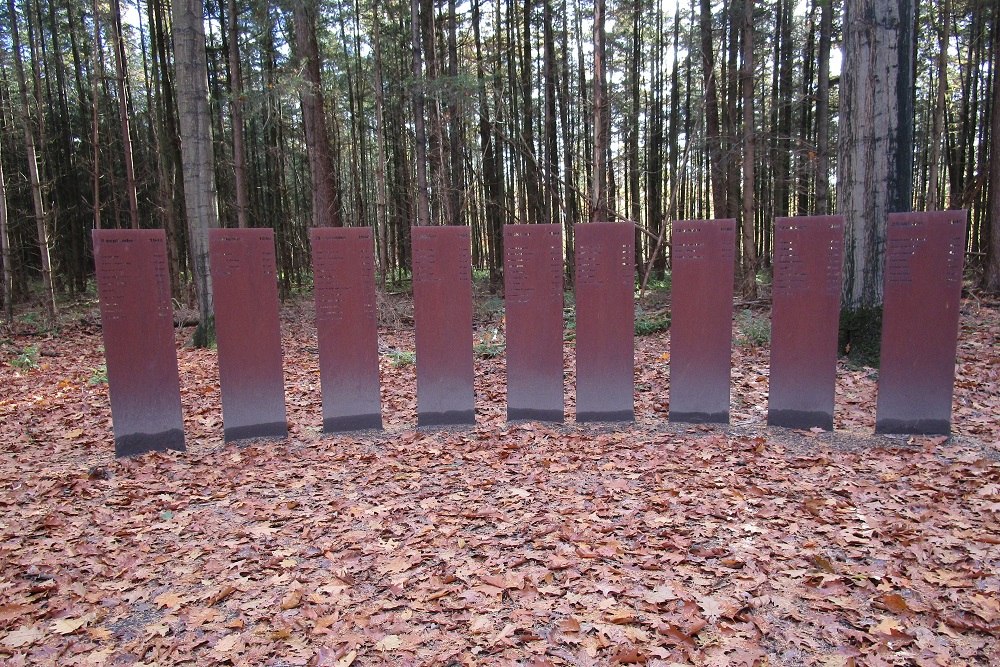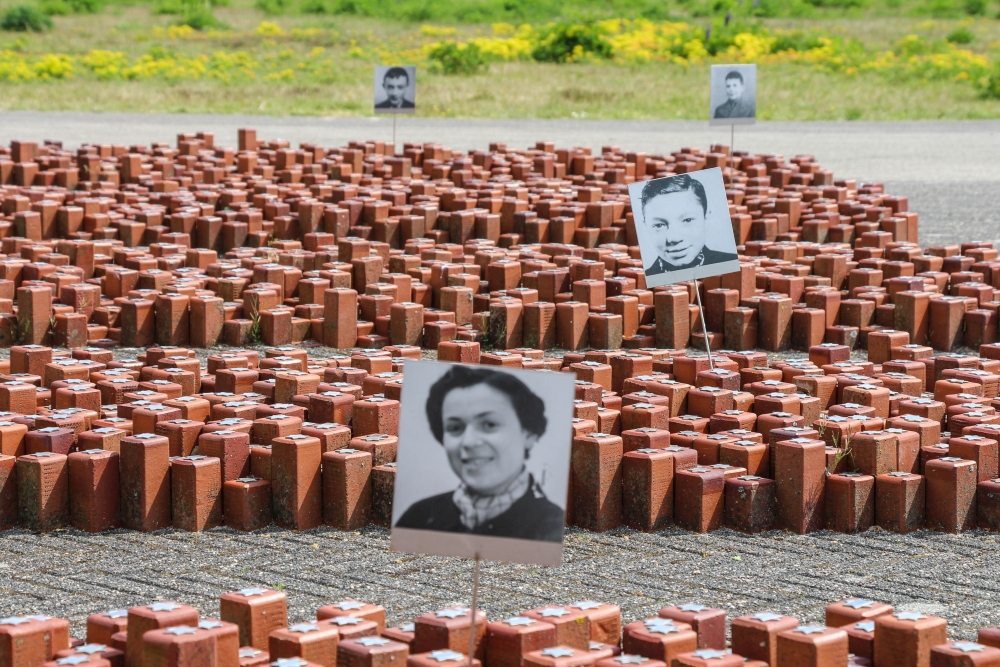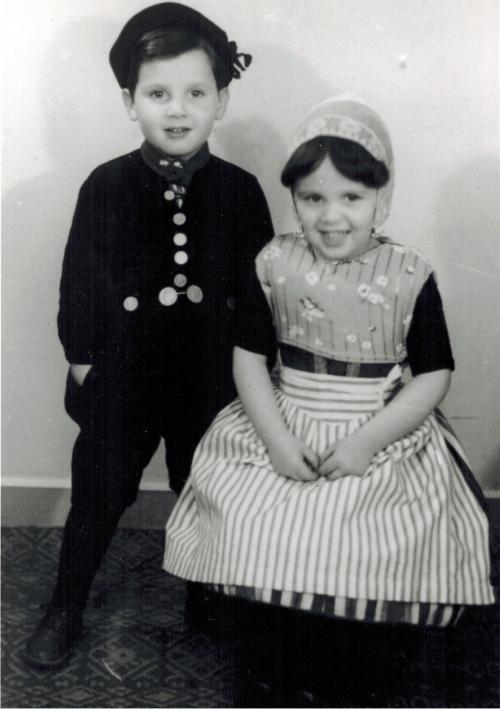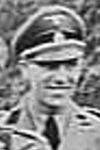Camp Westerbork
The building of the Camp
When Hitler came to power in Germany in 1933 and the Jews were put under increasing pressure, thousands fled abroad, including the Netherlands. In 1939, the government decided to have temporary shelter built for these refugees, in the Dutch province of Drenthe between the towns of Hooghalen and Westerbork, who had until then been received in various places in the Netherlands. After four days of war, the Netherlands was occupied and the Nazis immediately took advantage of the camp, its Jewish inhabitants and its leaders who knew exactly what the structure of the camp was like. Transit-camp Westerbork came under direct Nazi administration in the summer of 1942 and not much later the first transports would leave from the camp to the extermination camps in the East. In total, more than 100,000 people would be transported. In April 1945 Westerbork was liberated by Canadian soldiers.
After the War
From the liberation in 1945 to 1949, the camp was used to detain NSB members and other collaborators and political delinquents while awaiting trial. From July 4, 1950 to March 1951, it was a repatriation camp for Dutch people of Indonesian origin.
In 1951 the camp was finally set up as a residence for demobilized KNIL soldiers of South Moluccan origin and their families. In the second half of the 1960’s, a number of barracks in camp Westerbork were sold, mostly to farmers who rebuilt the old barracks on their own property and used them as stables or storage sheds. Five of the fourteen (satellite) dishes of the Westerbork Synthesis Radio Telescope were placed on the site in 1968. The remnants of the camp were then cleared and demolished to avoid disruptions to space exploration. The Westerbork National Monument was unveiled on May 4, 1970. In 1971 the last five families left their residential barracks under protest. In the early eighties, apart from a small scale model and the Westerbork National Monument, there was nothing left that reminded of the camp and the site was in practice not accessible to relatives.
Memorial Center
There has been a memorial center since 1983, where the history of Westerbork is told. Nowadays at the location there is a museum, monuments have been placed and you can take a look at the authentic commander's house. The site has been a European heritage site since 2014.
Do you have more information about this location? Inform us!
Source
- Text: Cheapskatetravel.nl
- Photos: Bureau Funeralia / René ten Dam (1), Cheapskatetravel.nl (2, 3, 4, 5)
- http://www.kampwesterbork.nl/
Related books
Nearby
Museum
- Camp Westerbork Remembrance Centre - Hooghalen
- Stoottroepenmuseum - Johan Willem Frisokazerne - Assen
Point of interest
- The Westerbork path - Hooghalen
- Bullet Holes Hoofdstraat 5 - Hooghalen
- NSB District Office Drenthe - Assen
Monument
- Barack Schattenberg Camp Westerbork - Hooghalen
- Freight Wagons "The Spoken Names" Westerbork - Hooghalen
- Memorial Jerusalem Stone Camp Westerbork - Hooghalen
Cemetery
- Dutch War Graves Municipal Cemetery Grolloo - Grolloo
- Dutch War Graves Westerbork General Cemetery - Westerbork
- Jewish War Graves Municipal Cemetery Westerbork - Westerbork
Remembrance Stone
- Stumbling Stone Oranjekanaal Noordzijde 12 - Zwiggelte
- Stumbling Stone Hogebrinksweg 9 - Elp
- Stumbling Stones Veldweg 13 - Nooitgedacht
Fortification
- German Antitank Ditch Assen - Assen
- German Anti-tank Ditch Balloërveld - Balloerveld
- German Antitank Ditch Assen - Assen

